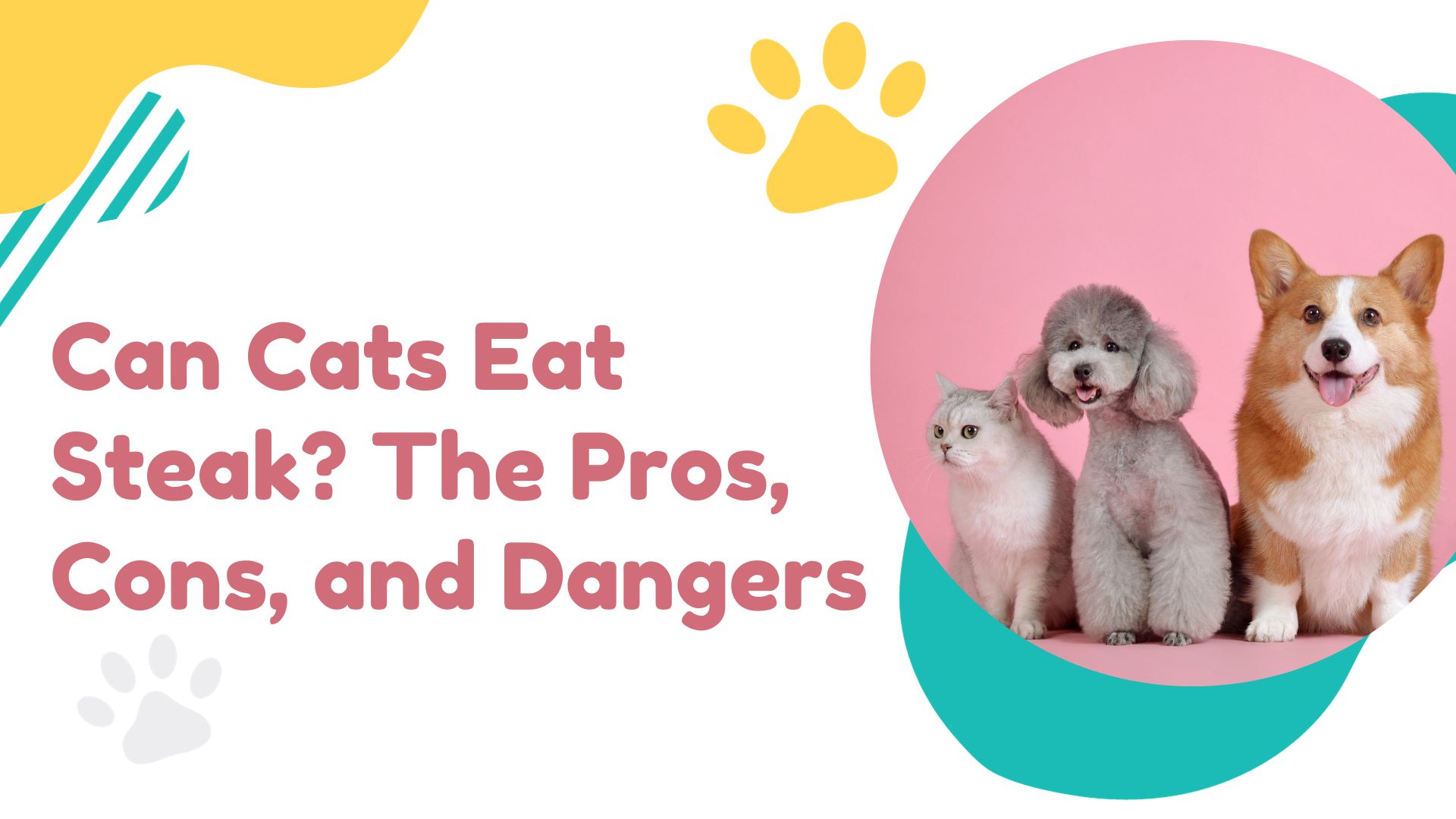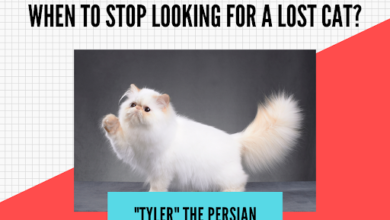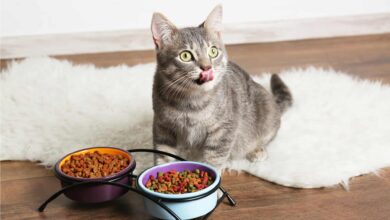Can Cats Eat Steak? The Pros, Cons, and Dangers
Savory Steak and Your Feline Friend: Weighing the Benefits and Risks

The Carnivorous Craving: Why Cats Are Attracted to Steak
It’s a common scenario: you’re savoring a delicious steak dinner, and your feline companion is giving you those irresistible begging eyes…, now question is can cats eat steak?
You might be tempted to share a piece, especially since cats are obligate carnivores that require meat to thrive. In the wild, their diet consists of fresh prey like birds and rodents, which are rich in protein.
Domesticated cats still have these carnivorous instincts, making the protein and fat content in steak seemingly ideal. The aroma and flavor of grilled meats are also highly appealing to cats.
However, before you slide a piece of steak off your plate and into your cat’s bowl, there are some important considerations.
The Risks: Why Steak Isn’t the Best Choice for Cats
According to the ASPCA, steak can be a choking hazard for cats.
The dense texture of steak makes it difficult for cats to chew thoroughly, leading to the risk of chunks getting stuck in their esophagus.
This can cause choking, pain, and distress.
Even small pieces of fat or connective tissue can irritate the digestive system or trigger life-threatening pancreatitis. WebMD’s guide to toxic foods for cats also lists high-fat meats like steak as problematic.
The high saturated fat content can overwhelm a cat’s liver and contribute to obesity.
Commercial cat foods are formulated to provide a balanced diet that includes the right proportions of protein, fats, vitamins, and minerals, making them a safer choice for your pet’s primary diet.
A Compromise: How to Safely Share Steak with Your Cat
Despite the risks, some cat owners still wonder if it’s possible to safely share steak with their pets in moderation.
Sarah, the owner of a steak-loving cat named Ollie, has found a way. “Ollie first tried steak when he snatched a piece off my husband’s plate,” she recalls.
“Now, whenever we have steak, he’s right there, begging for a taste.” To minimize risks, Sarah cuts tiny pieces from the leanest, most tender parts of the steak and monitors Ollie closely as he eats to ensure he’s chewing thoroughly.
“It’s like candy to him—a tasty treat but not a complete meal,” she says.
If you decide to indulge your cat’s steak cravings, follow Sarah’s advice: choose lean, tender cuts, remove all fat, and cut the meat into small, bite-sized pieces.
Always monitor your cat while they’re eating this high-value treat and keep it as an occasional indulgence rather than a regular part of their diet.
In summary, while steak may be a tantalizing treat for your cat, it’s not the best choice for their overall health.
If you’re looking to add some variety to your cat’s diet, consider incorporating lean beef into homemade cat food as a more nutritious alternative.
Potential Dangers of Feeding Steak to Cats

Besides choking hazards, steak poses other health risks for cats. The high saturated fat content can lead to pancreatitis, an extremely painful inflammation of the pancreas.
According to the ASPCA, symptoms of pancreatitis include vomiting, abdominal pain, lethargy, and loss of appetite. Left untreated, pancreatitis can be fatal.
Fatty cuts of steak are also difficult for cats to digest. Cats lack the digestive enzymes needed to break down the connective tissues in red meat.
Undigested fat and protein can damage the gastrointestinal tract. Diarrhea, constipation, and vomiting are common results.
Red meat allergies are also possible in cats. Beef is a top allergen, along with dairy, fish, and wheat. Signs of food allergies include itchy skin, ear infections, and gastrointestinal issues.
Feeding steak may exacerbate allergy symptoms.
It’s safest to avoid feeding steak, but lean beef in moderation can be healthy if prepared properly. Always cook beef to minimize bacterial contamination. Handle and store cooked beef safely before serving.
Homemade Cat Food with Beef
This cat food contains nutrient-dense ingredients for a balanced feline diet:
- 1⁄2 lb. lean ground beef or chopped sirloin
- 1 cup cooked brown rice
- 1⁄2 cup cooked carrots, peas, or sweet potato
- 1 tsp olive oil
- 1⁄4 tsp cat-safe multivitamin
Brown the ground beef over medium heat until fully cooked. Mix in diced veggies and cook another 5 minutes. Add rice, oil, and multivitamin and stir to combine.
Let cool completely before portioning servings into sealed containers. Refrigerate for up to 4 days or freeze individual portions.
When transitioning your cat to a new food, mix a small amount with their regular food and increase slowly over a week. Monitor for any signs of digestive upset.
Cats with sensitive stomachs may tolerate beef better when mixed with familiar flavors.
This nutritious recipe puts lean beef to work for cats in a balanced homemade meal. Using meat as just one ingredient helps control fat.
With tasty veggies and rice for fiber, it’s gentler on tummies while still delivering the protein cats need.
In moderation alongside their regular diet, beef can be a safe way to indulge your cat’s carnivorous side. Just steer clear of steak for their health and safety.
While steak is not an ideal food for domestic cats, some cultures have a history of feeding bovine meat to felines. In France, cats were historically allowed the scraps from beef preparations.
This practice may have influenced modern myths about cats and steak.
Read More: Can Cats Eat Pepperoni?
When to Call the Vet, Can Cats Eat Steak?
If your cat manages to steal an unattended steak or eat a piece before you can stop it, stay vigilant for any abnormal symptoms. According to the ASPCA, watch for:
- Excessive drooling
- Choking, gagging, or difficulty swallowing
- Pawing at the mouth
- Crying in pain
Cats experiencing choking or esophageal trauma need immediate emergency vet care. Symptoms of pancreatitis like vomiting, lethargy, or loss of appetite should also receive prompt veterinary attention.
Call your vet to describe the amount eaten and any symptoms observed. Bring a sample of the exact food if possible. Prompt treatment greatly improves the prognosis.
Training Cats Not to Beg or Steal Food
Begging and counter-surfing are hard habits to break in food-motivated cats. Use these positive reinforcement training tips:
- Reward ignoring human food with treats and praise
- Provide puzzle toys when you eat to distract your cat
- Block access to countertops and dining tables
- Use scat mats or tin foil to deter jumping up
- Consider clicker training to teach a solid “leave it” cue
With patience and consistency, your cat can learn boundaries around steak and other human food. Meet their needs for play and enrichment instead.
In France, serving steak scraps to cats was once a common cultural practice. An 1867 French cookbook included a recipe for “Chatte de Boeuf” or “Cat Beef”, made from tough, undesirable cuts of meat.
While cats don’t require beef, this tradition reveals how cats came to covet the taste and texture of steak.
Final Words
Today we have a better understanding of feline nutrition and the risks of raw meat. But your cat’s keen interest in your steak dinner likely stems from centuries of European cats benefiting from beef byproducts.
By preparing safer alternatives like cooked lean beef or commercial cat food, we can satisfy cats’ taste for meat without endangering their health.
With proper precautions and boundaries, occasional nibbles of human food can be safe cat treats. But always supervise carefully and rely on balanced cat food for their daily diet.
By understanding the risks, history, and appeal of steak for cats, we can better address their nutrition and behavior for a long, healthy life



